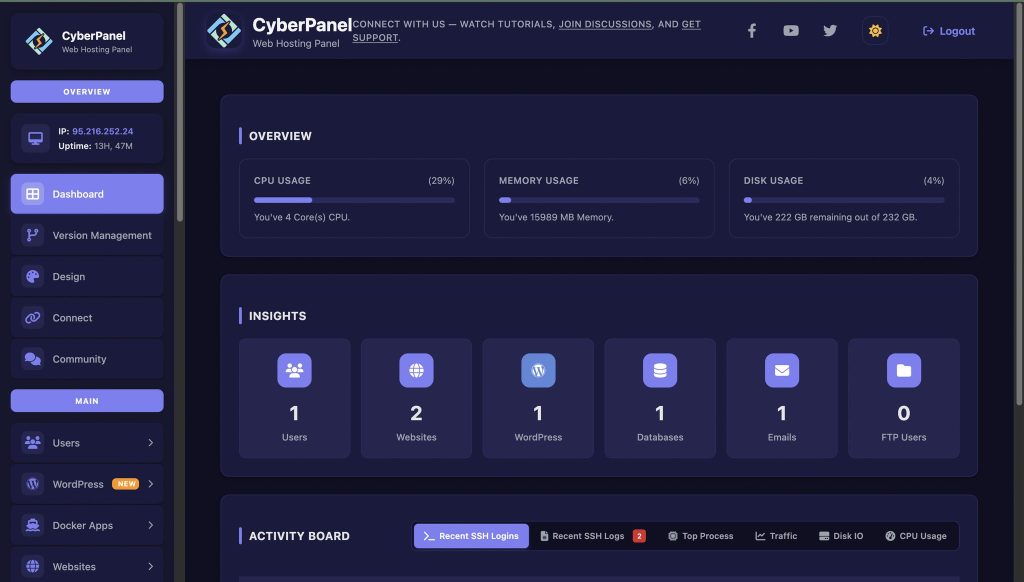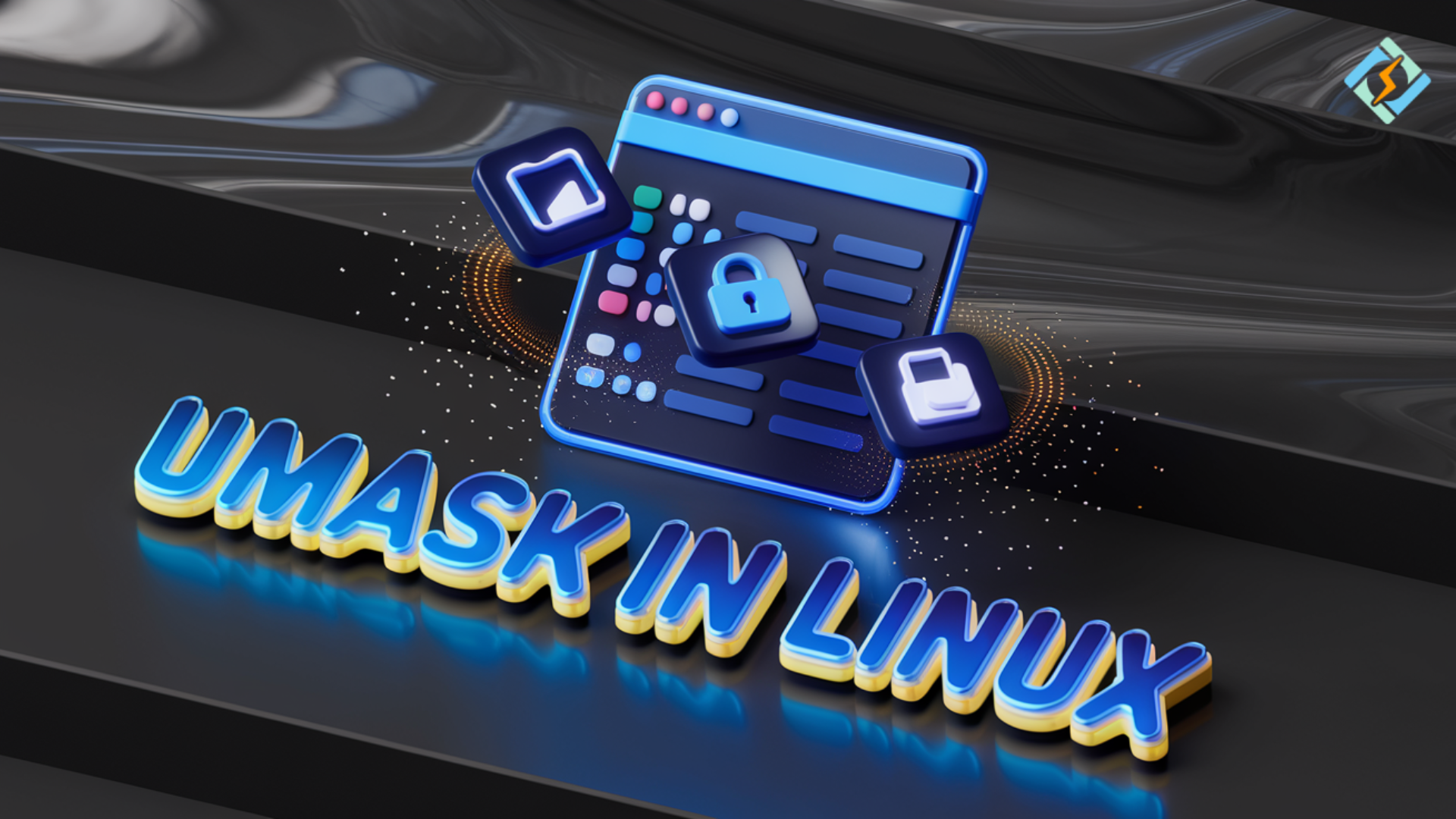Whenever you create a file or folder in Linux, it comes with its own set of rules—permissions that say who can read, write, or run it. But there’s one piece a lot of people miss: umask Linux.
Umask stands for user file-creation mode mask. Basically, it sets the default permissions for new files and directories. If you want to keep your system secure and make sure people get the right level of access, you need to get comfortable with umask. It matters whether you’re running a server or just coding on your own machine.
Let’s break down what umask actually does in Linux, how it works, how to use the umask command, and some ways to handle permissions more smoothly.
What Is Umask Linux?
Umask—short for user mask—decides which permissions get taken away when you make a new file or directory.
Here’s how it starts: Linux usually gives new files permissions of 666 (read and write for everyone) and new directories 777 (read, write, and execute for everyone).
Umask steps in and removes some of those permissions, setting the final rules for who can do what.
Get exclusive access to all things tech-savvy, and be the first to receive
the latest updates directly in your inbox.
Example:
If umask = 022, new files will have:
666 - 022 = 644 (rw-r--r--)
How Does Linux Umask Affect Permissions?
Umask acts as a filter that removes specific permissions from the default set.
Here’s a quick breakdown:
| Default Type | Default Permissions | Umask Value | Resulting Permissions |
|---|---|---|---|
| File | 666 | 022 | 644 (rw-r–r–) |
| Directory | 777 | 022 | 755 (rwxr-xr-x) |
| File | 666 | 027 | 640 (rw-r—–) |
| Directory | 777 | 027 | 750 (rwxr-x—) |
The higher the umask value, the more restrictive the permission becomes.
Linux Permissions Umask
Umask is a key part of Linux permissions. It basically stops new files from being created with wide-open access, which keeps sensitive stuff out of the wrong hands. Without umask, you’re risking files showing up where anyone can poke around. That’s just asking for trouble.
Admins lean on umask to do a few things:
- Block people from messing with data they shouldn’t touch
- Make sure users only get the access they really need
- Keep permissions consistent across the board
Setting umask right isn’t just about security. It helps teams work together while still protecting important data.
Umask Command in Linux Examples
The umask command in Linux controls how new files and directories inherit permissions. Here are some examples:
| Command | Description |
|---|---|
umask | Displays current umask value |
umask 077 | Sets strict permissions (owner only) |
umask 002 | Allows group collaboration (useful for shared projects) |
umask 027 | Allows owner and group access, denies others |
umask -S | Shows permissions in symbolic format (e.g., u=rwx,g=rx,o=rx) |
Example:

umask -S
Output:
This means:
- Owner: full permission
- Group: read/execute
- Others: read/execute
It’s a system-wide default unless overridden by a specific user configuration.
How to Change Umask in Linux
You can temporarily change umask for your current session:
umask 027
How to Check Umask in Linux?
You can view your current umask setting by typing:
umask
To make it permanent, edit your shell configuration file:
For Bash users:
nano ~/.bashrc
Add:
umask 027
For system-wide changes:
sudo nano /etc/profile
- Then add the same line and save.
After editing, reload the configuration:
source ~/.bashrc
Importance of CyberPanel

If you’re running a web server with CyberPanel on Linux, understanding umask isn’t optional—it’s essential. Here’s how the two work together:
- Lock Down Web Files: New site files and logs don’t show up with open permissions.
- Protect Scripts: Keeps scripts under /home safe from unwanted edits.
- Separate Users: In shared hosting, users can’t peek into each other’s stuff.
- Built-In Security: CyberPanel’s management tools plus umask defaults mean files stay protected automatically.
Get umask dialed in, and your CyberPanel, web hosting control panel, server runs smoother and stays safer.
Wrapping Up!
Umask isn’t just a background setting—it’s a frontline defender in Linux security. It shapes how files and folders get their permissions, so you don’t have to set things by hand every time. Mastering umask lets you lock in good security habits, avoid permission slip-ups, and keep multi-user servers under control.
Go ahead—check your umask settings now. Tweak them if you need to, especially if you’re running servers or hosting sites with CyberPanel. Your files will thank you.
People Also Ask
What is the default umask in Linux?
Typically, 0022 for normal users and 0027 or 0077 for root users. These values offer a good balance between usability and security.
Can umask affect existing files?
No. Umask only applies when files or directories are created. To modify existing permissions, use the chmod command.
Why are files not executable even with umask 000?
Because new files start with 666 (no execute bit). You must manually add execution rights using chmod +x.



